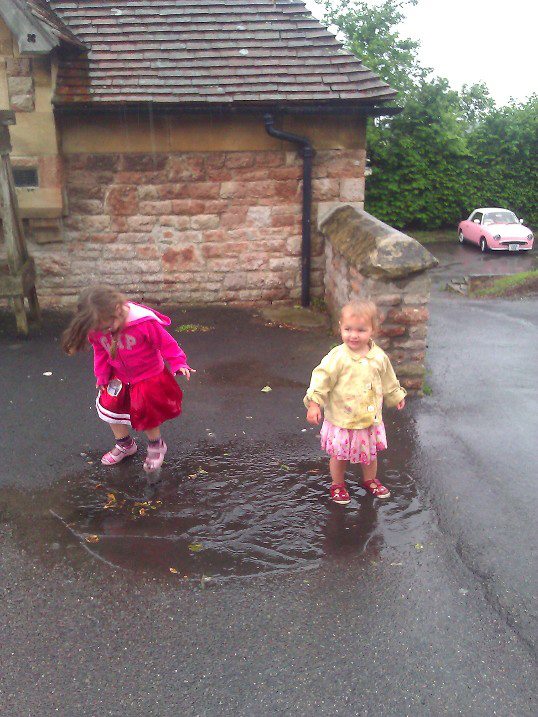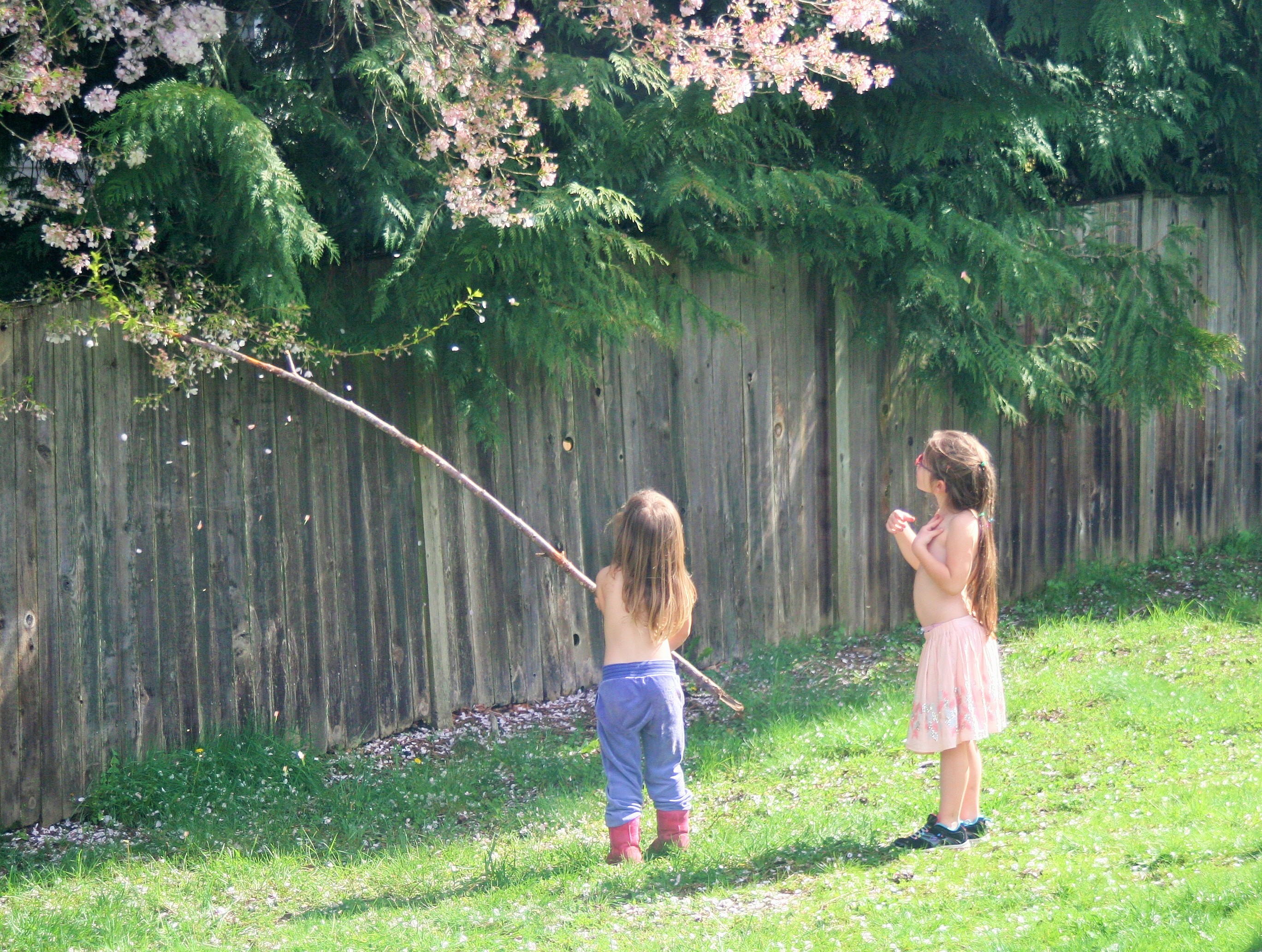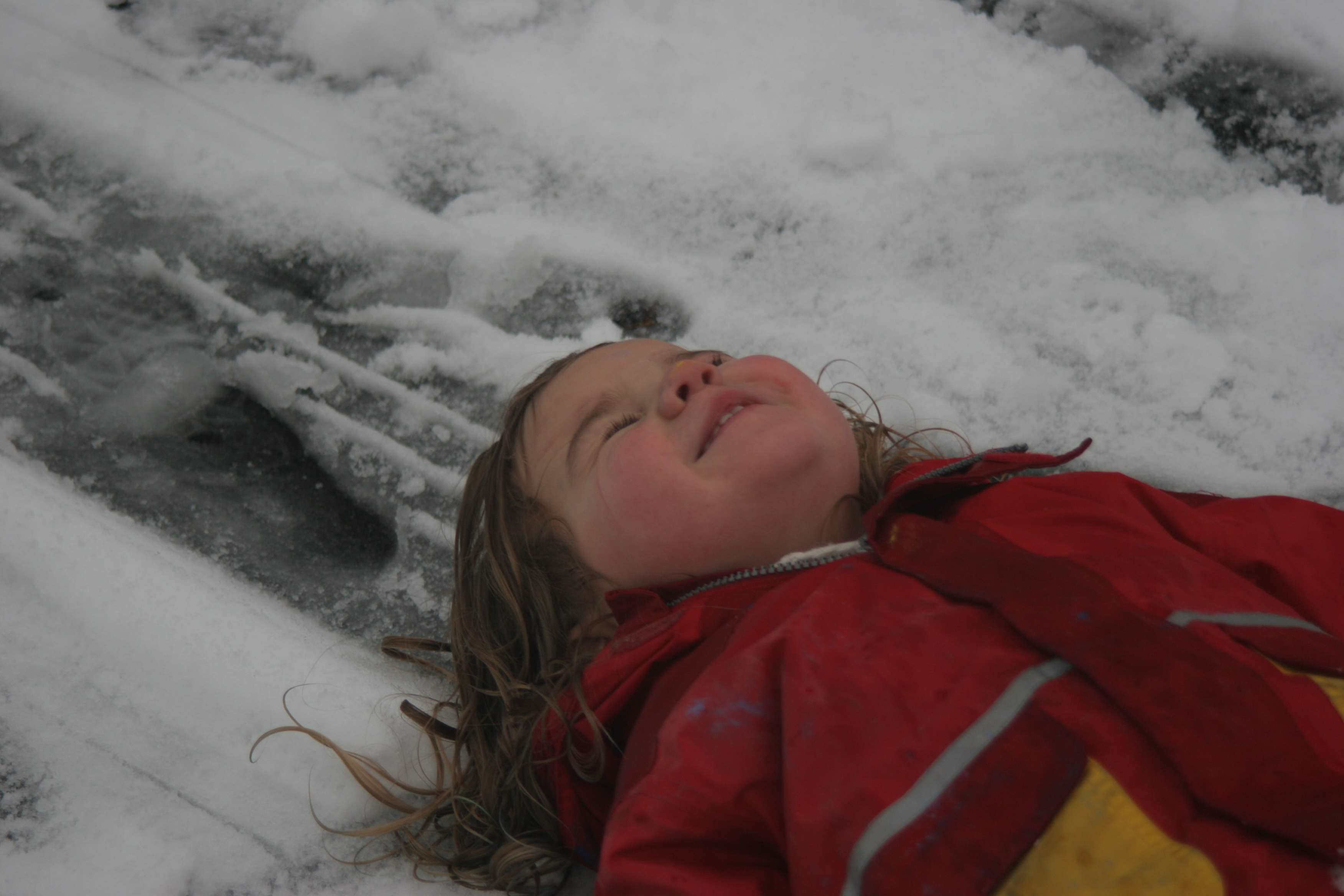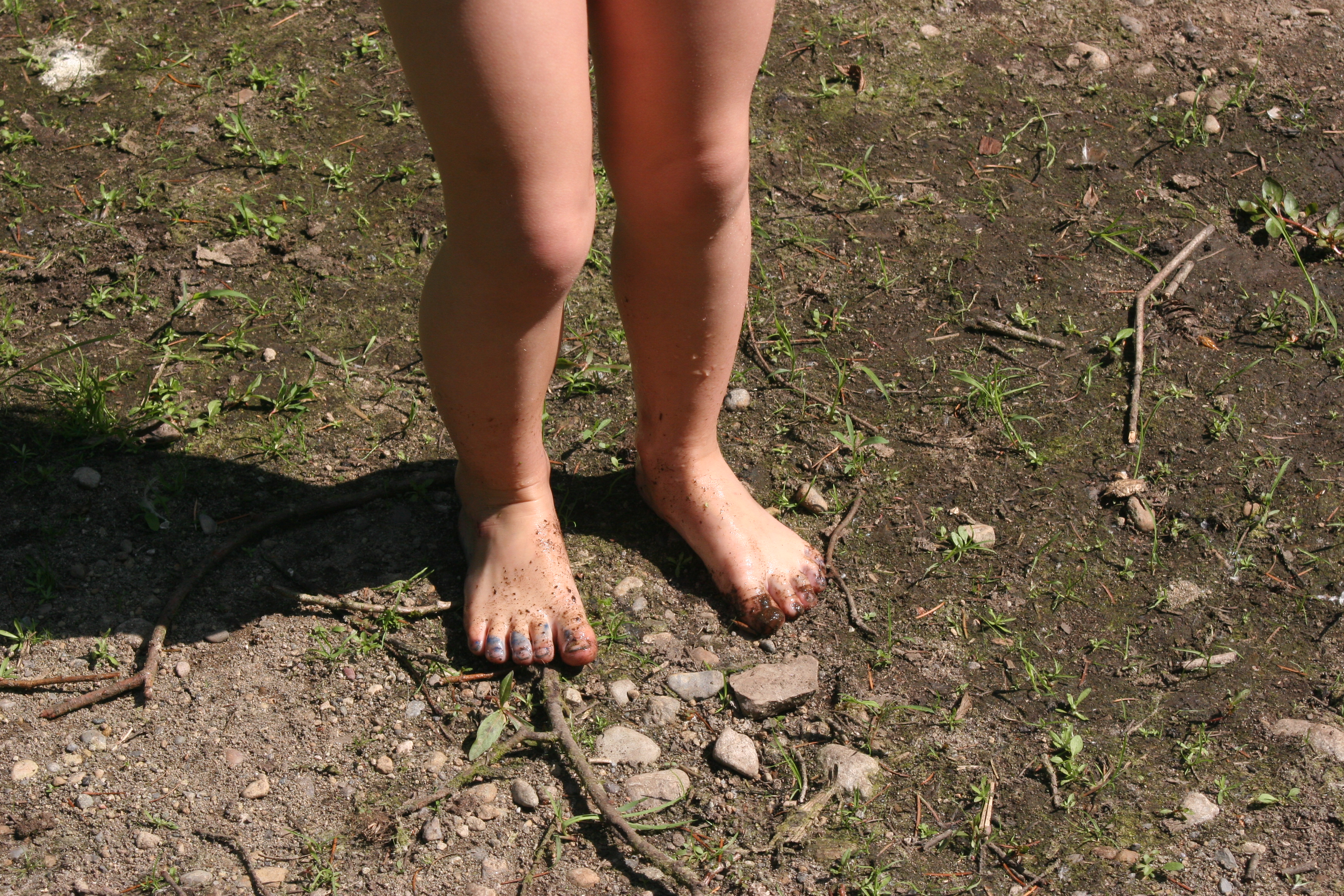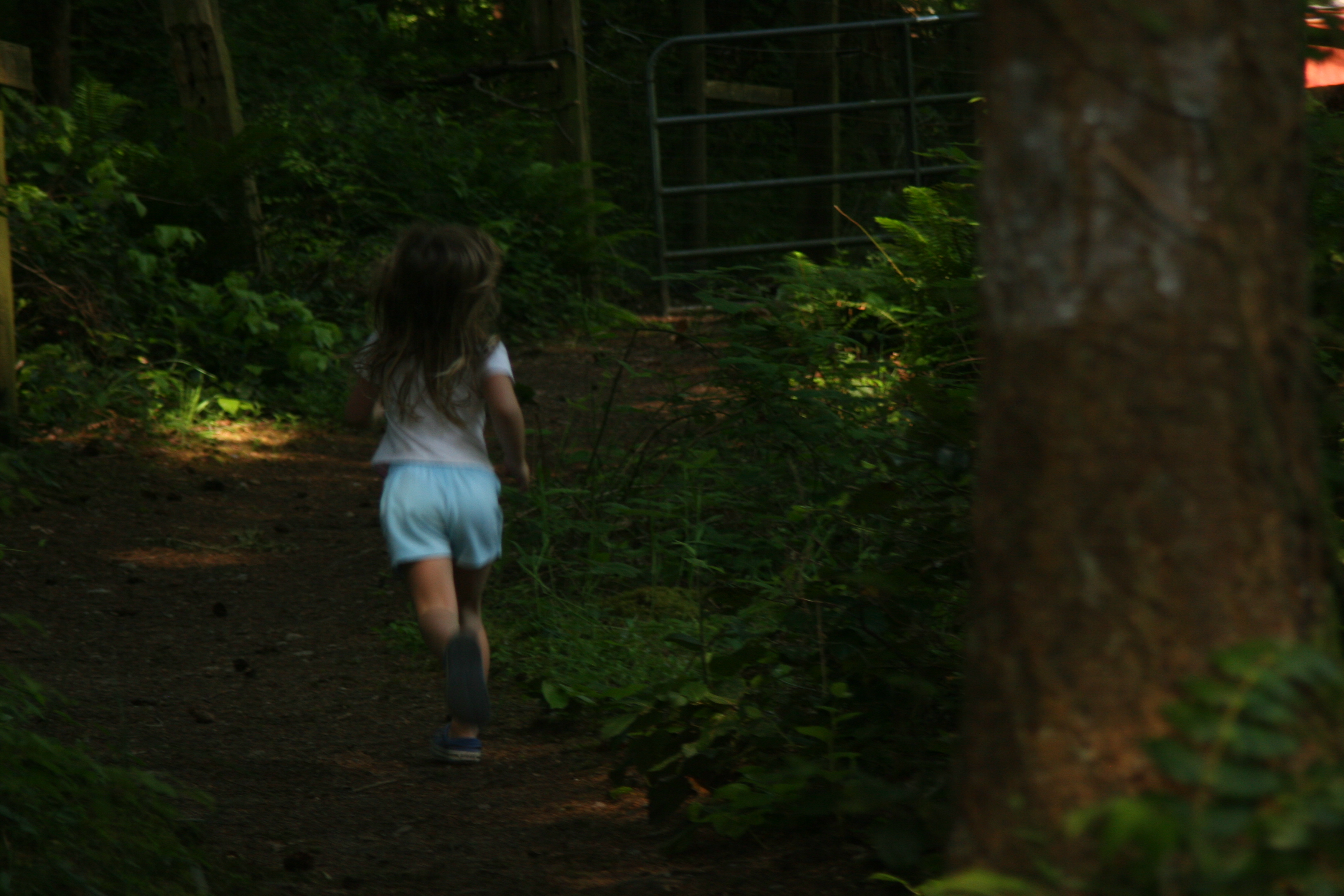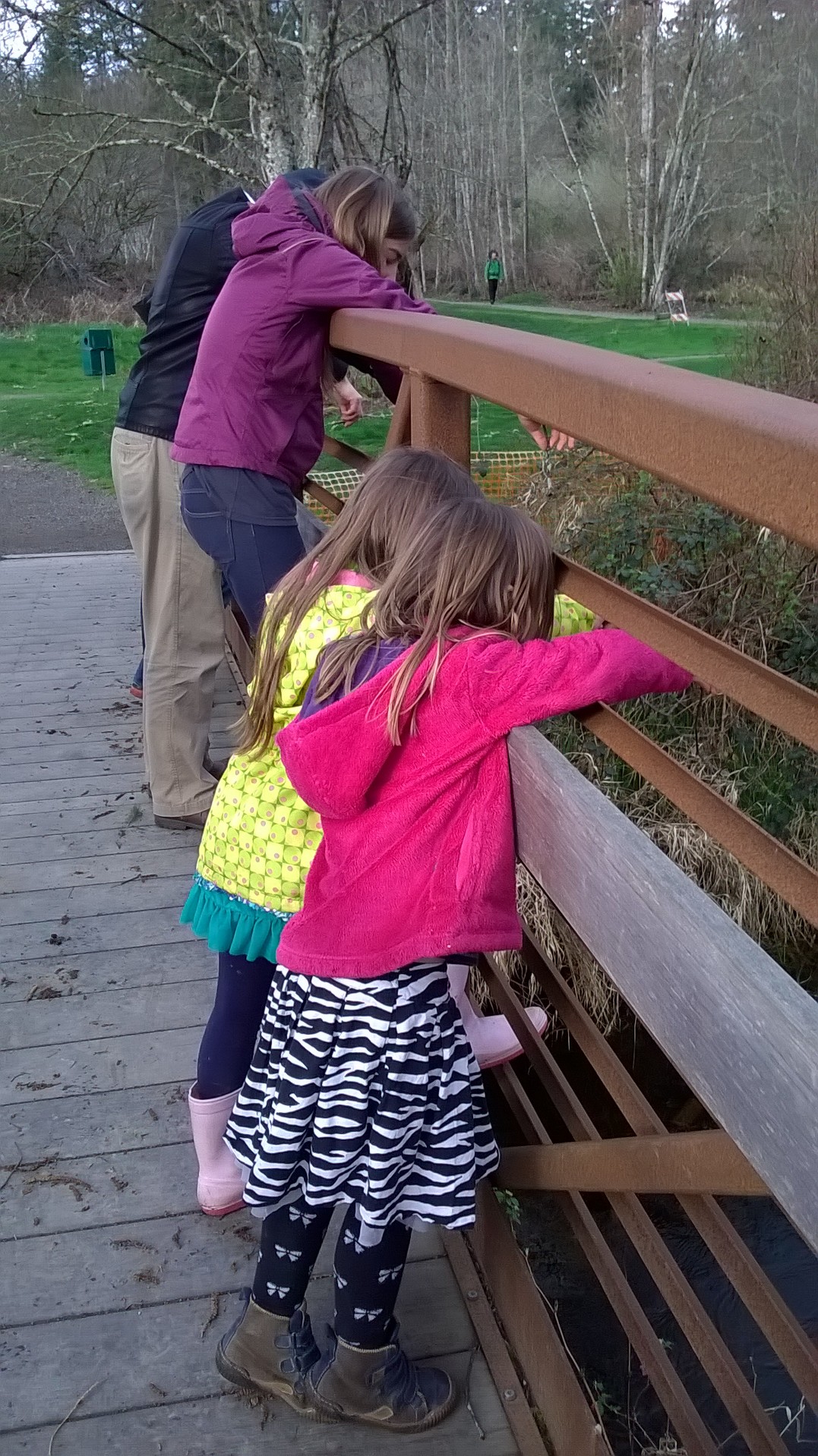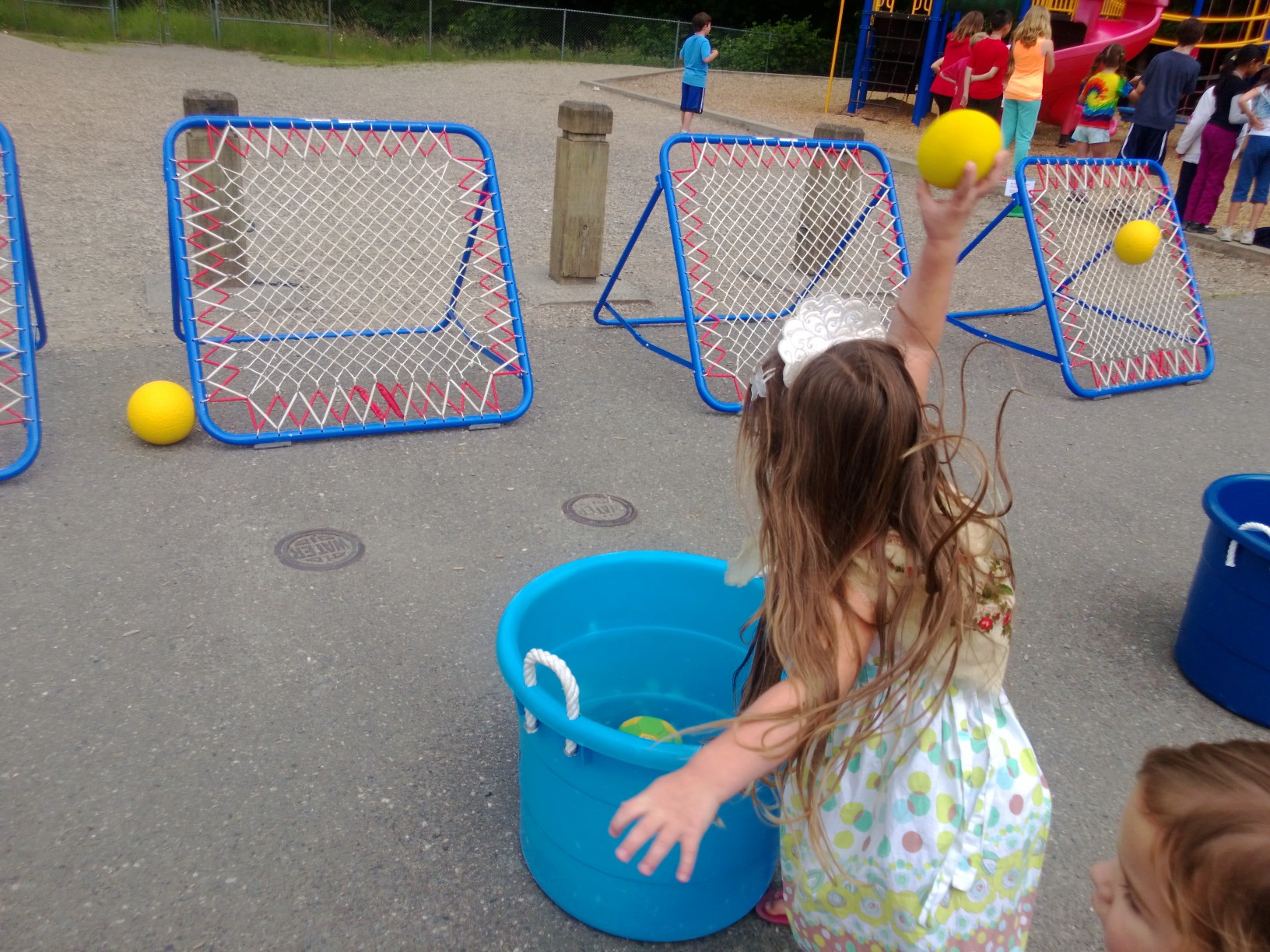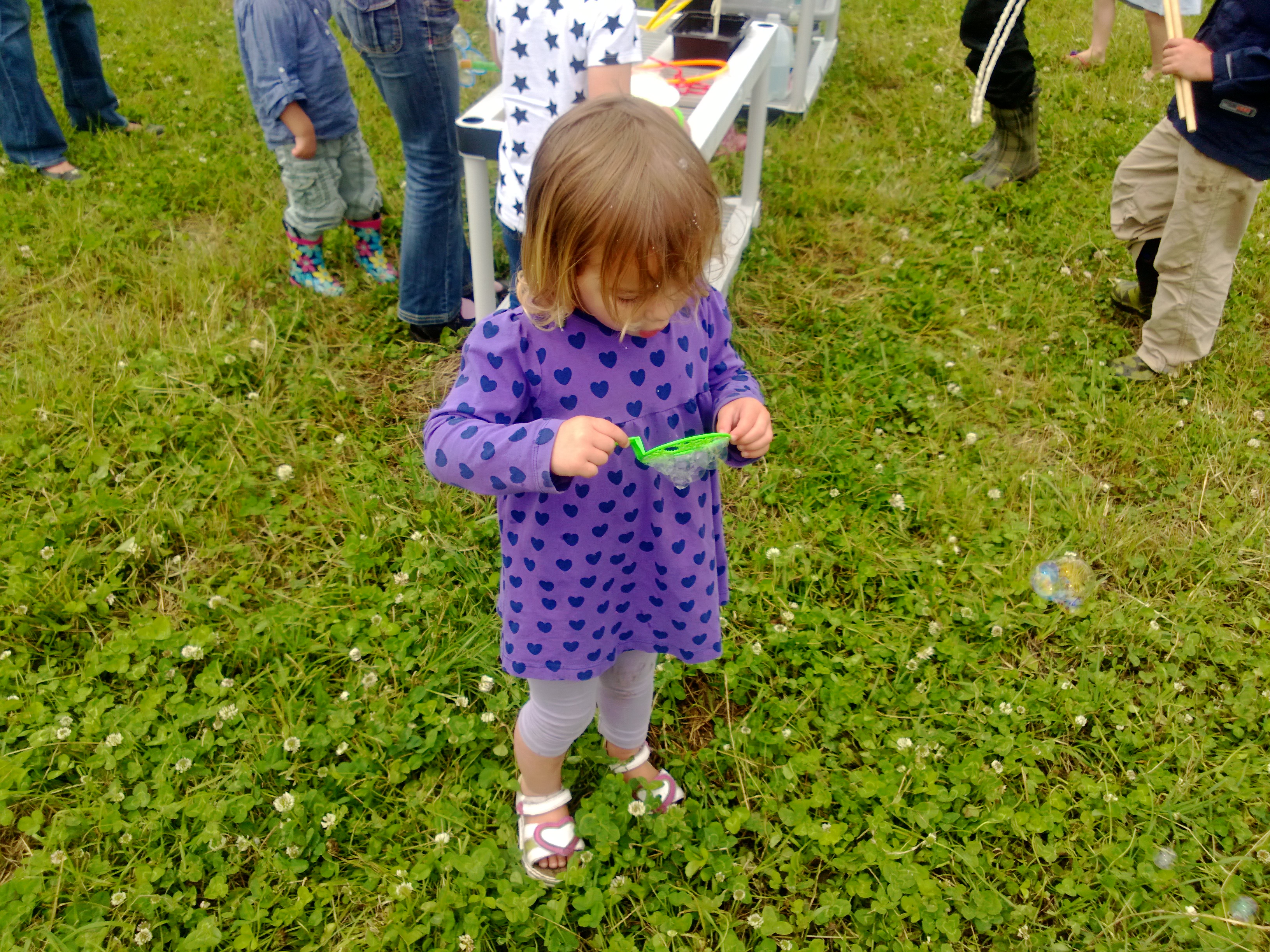For a teacher like me, who spent her teaching career with under 5’s, I am used to teaching in a messy, noisy environment. Children are permitted and often encouraged to make a mess and be messy.

Young children need to do and create things on a large-scale. They use big chunky brushes, they use oversized pieces of paper, they are developing their motor skills through moving around in a large space, they build with big bricks, look at big books and work on the floor.
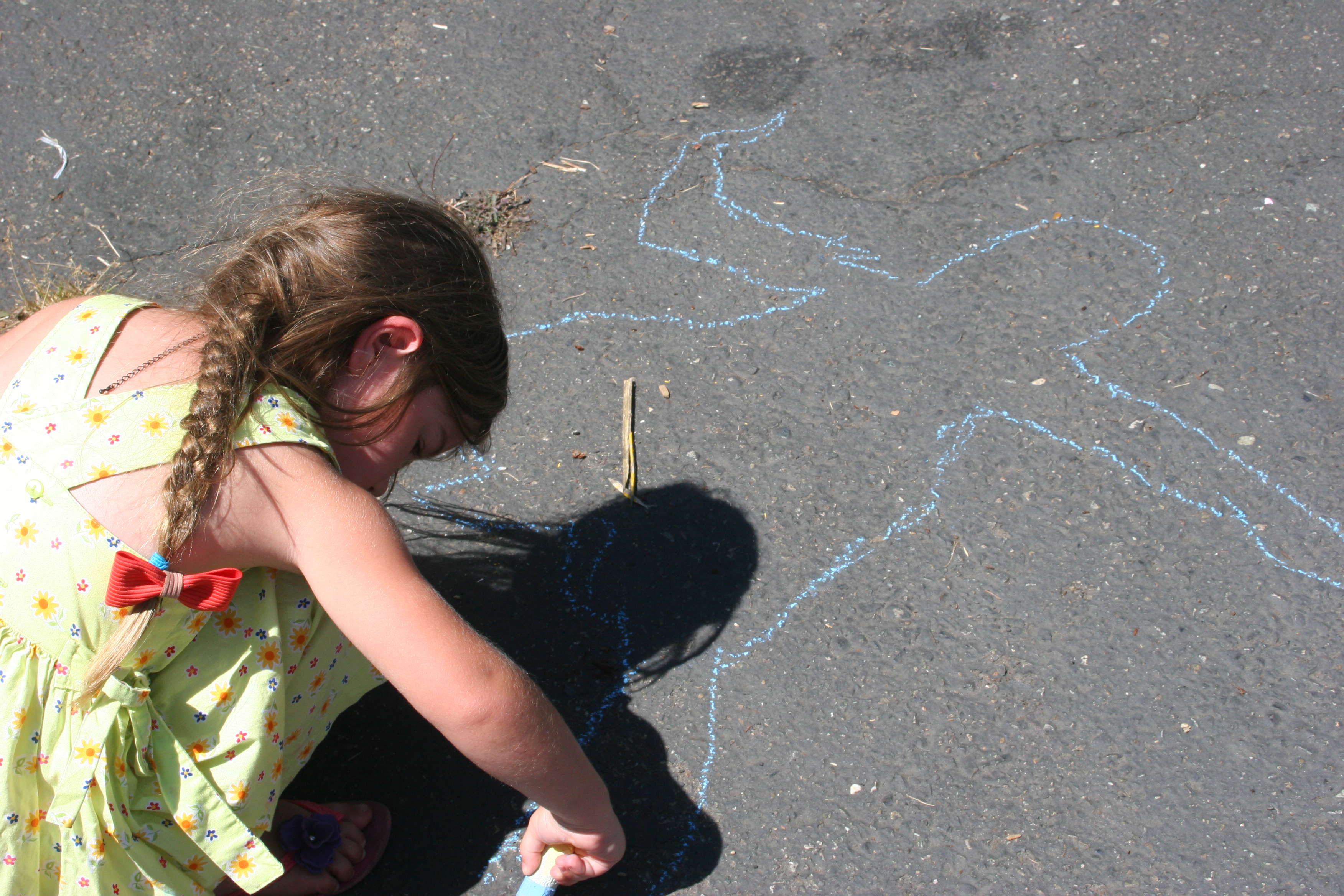
Children are developing their language, communication and social skills. They are encouraged to talk as they learn, to ask questions, re-tell events, act out scenarios, explore sounds and negotiate with their peers.
If an early years classroom was always tidy and always quiet, I would be very concerned.
Early years classrooms are well organised. Resources have their place and children are shown how to return resources and take care of them. But when the children are at play they are rarely tidy.

Early years classrooms discourage shouting, teach children to take turns when talking in a group and are building the foundations of listening skills but much of their learning is verbal and kinetic so would not and should not be silent.
It makes me so sad to see children at desks in silence once they start school, children walking around the school without making a sound. It saddens me to see lots of whole class teaching where there is little room to be different, make choices or move around the classroom. Carpeted classrooms where we have to be so careful about making a mess, so there are no painting easels, water trays or sand boxes. Where the kindergartners don’t have an outdoor classroom to extend their space and experiences. Mostly, the teachers know that this isn’t right for the children, they do their best to bring fun into the classroom and make learning as active as possible, but their hands are tied by environments, school policies and by national or state curriculum and assessment.
Sometimes I think I should return to teaching to show that there is another way. Mostly, I think I’d end up demoralised, frustrated and constrained by a system with very different values.
Yesterday, for our final art lesson, I wanted the children to have fun with art, to work on a large-scale and be messy. It was to be an outdoor celebration of art. My plan was to set up a number of art stations outdoors and have a volunteer on each station. This didn’t quite work to plan due to a shortage of volunteers so I scaled it down to 3 activities.
Activity one
I taped paper to the base of a large paddling pool. The children squirted tempura paint in different colours into the pool. I then threw in a variety of balls. We worked together, holding the pool and tilting it to make the balls roll in the paint and make a pattern. The children squealed with laughter. They took it in turns to send the balls towards different members of the class and tried different techniques to make balls of different weights and sizes move.

Activity two
I added powder paint to pots of bubbles and mixed it well. A large piece of paper was taped to the wall and the children used a variety of bubble wands to blow the coloured bubbles onto the paper and make it pop. They enjoyed touching it with their hands as it popped and dripped down the wall leaving splashes on the floor.
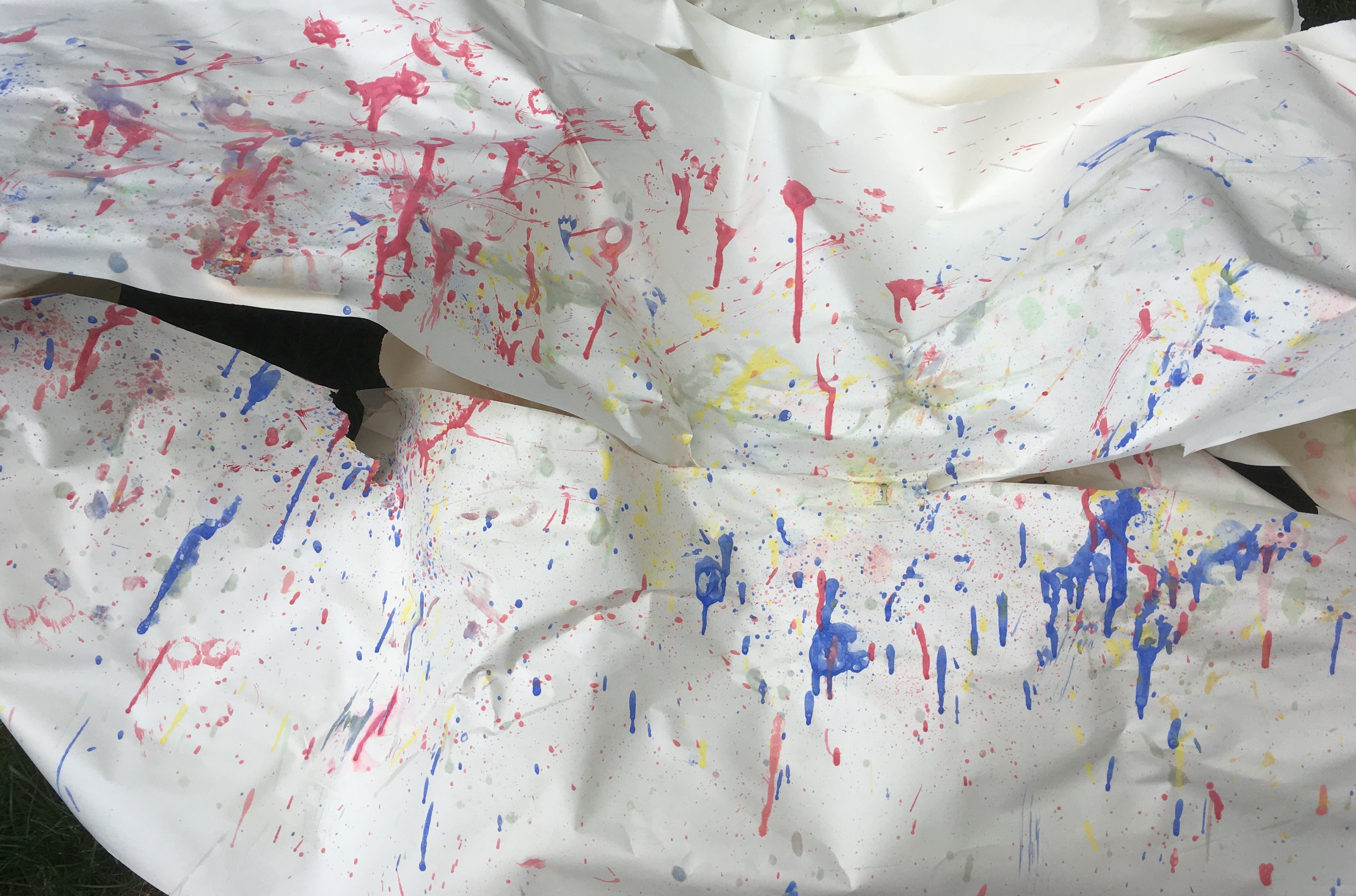
Activity Three
I would have done this one outside on a large piece of paper too, but I felt the teacher felt more comfortable at a table, so this activity was moved inside. The children blew paint onto their paper with straws and then used sharpies to turn the shape into a character or person.
My teacher was a substitute. She greeted me with a bewildered look when I described the projects. Her face suggested she was unsure that I had thought it through and that it would be a logistical nightmare to manage.
I suppose our priorities were different. I didn’t care if the kids were noisy and overexuberant. I wanted to see them laugh, explore and take risks. I didn’t mind if transitions weren’t completely orderly. The children were excited by what they had experienced and what they were to try next. I didn’t mind if the children were messy and paint got onto the playground. The paint was washable and the weather would wash it away. I didn’t mind that the end product wasn’t beautiful or particularly thoughtful. I wanted them to see that we don’t always have to sit at a desk to paint, that we can create with our whole bodies and with a variety of materials. I didn’t have a learning goal. I wanted the children to share a new experience and to have fun.
Children from other grades who were out at recess, came flocking to see what we were doing, they looked on with envy. The Kindergarten children were full of joy, they talked freely amongst themselves and to me, without inhibition and they helped me to lay the pieces to dry, placing rocks to stop them blowing away. They enjoyed the responsibility, before returning to the classroom to sit at desks, eat their snack and listen to a story in silence.
If you have thoughts about spaces for children Suzanne Axelsson is collecting information about how space affects children’s play and learning outcomes and also, more importantly, how it affects your teaching…. if you cannot teach the way children learn, then it is going to have a HUGE impact… You can respond to her questions and engage in a conversation about learning spaces here.

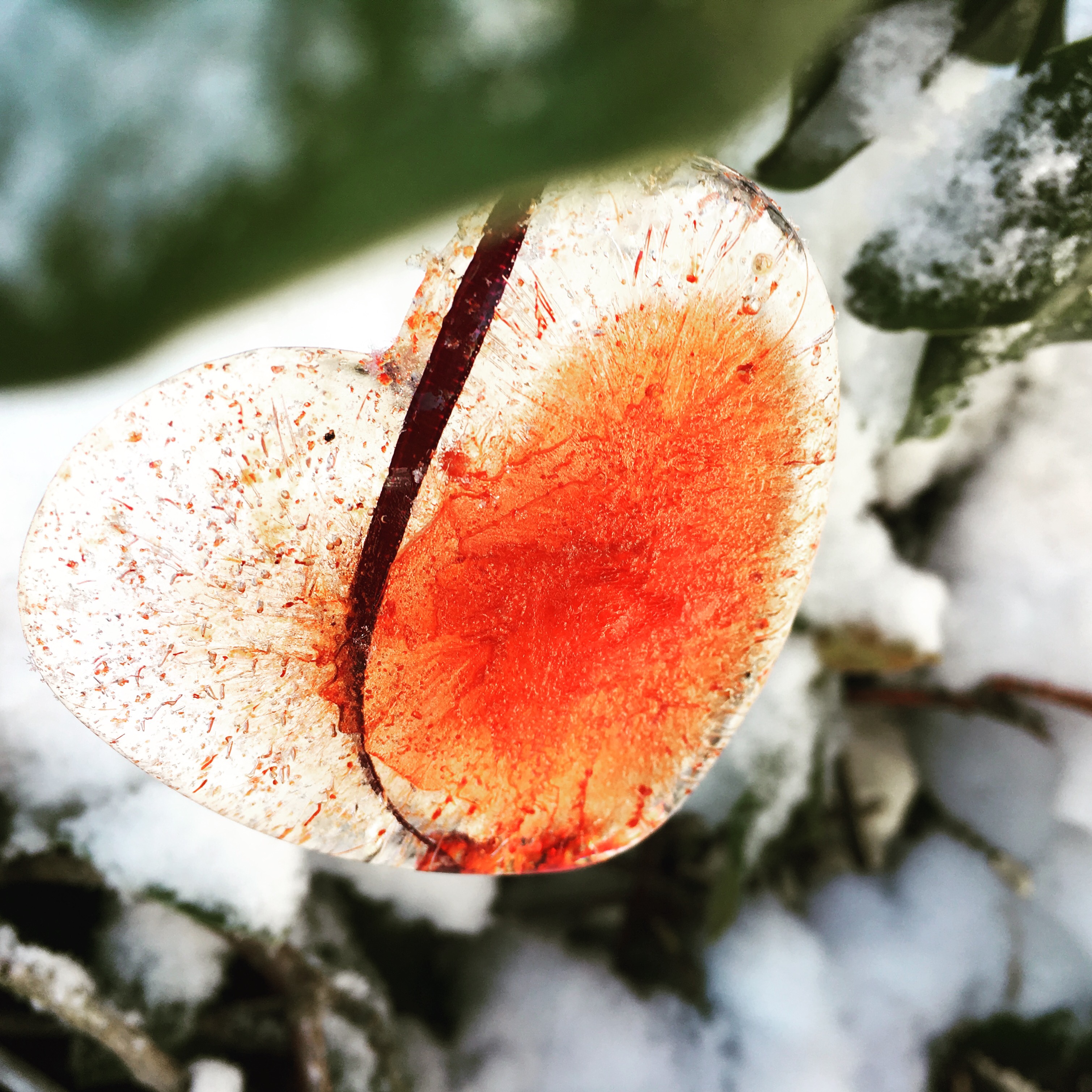
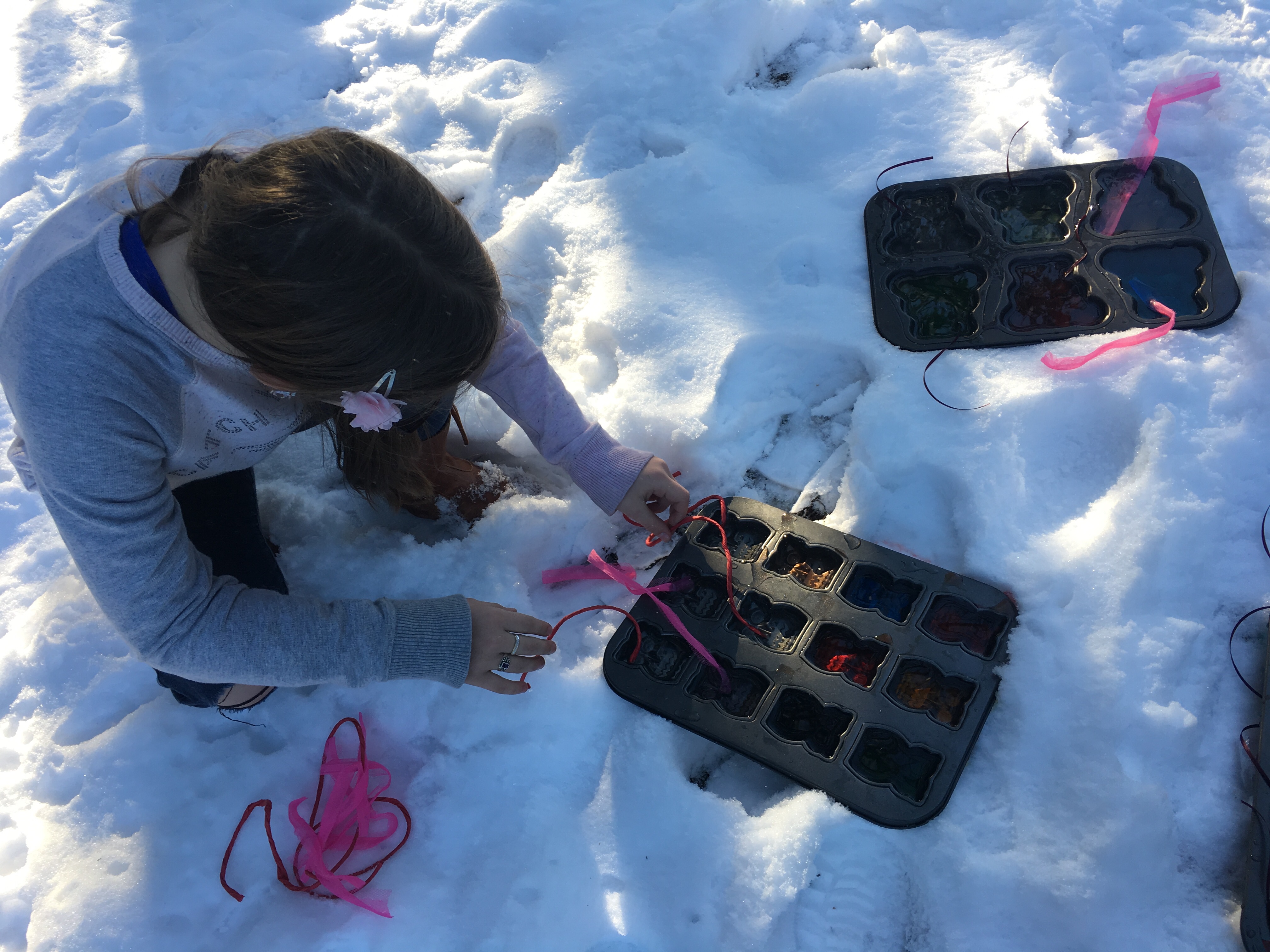

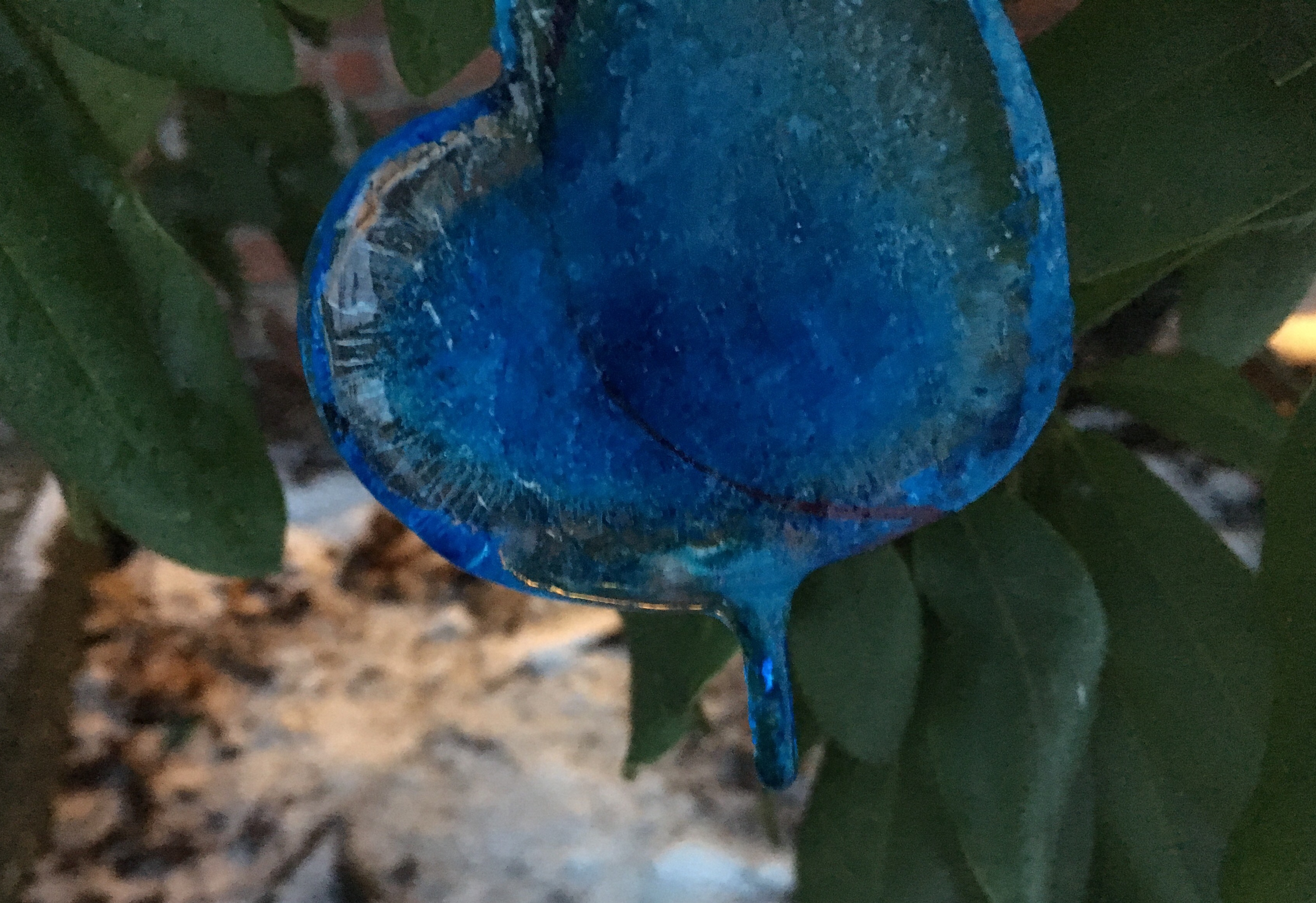
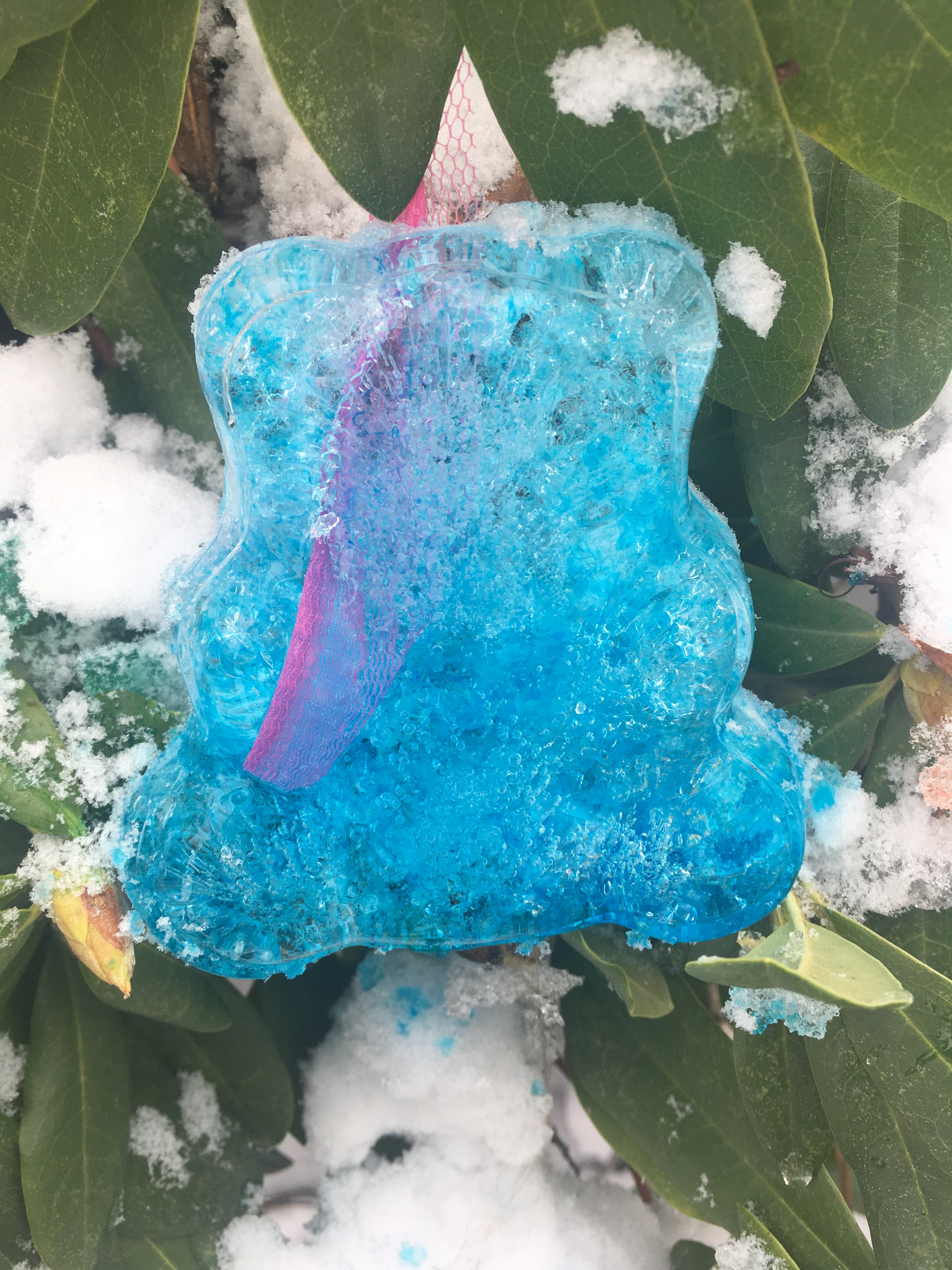












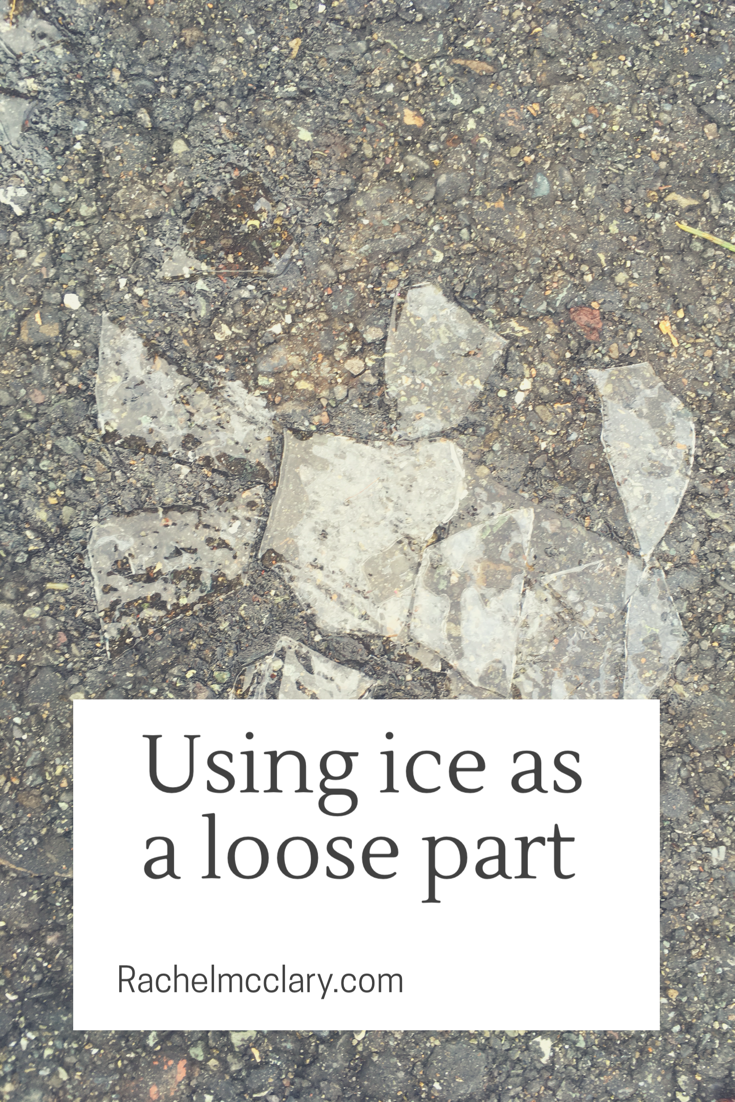








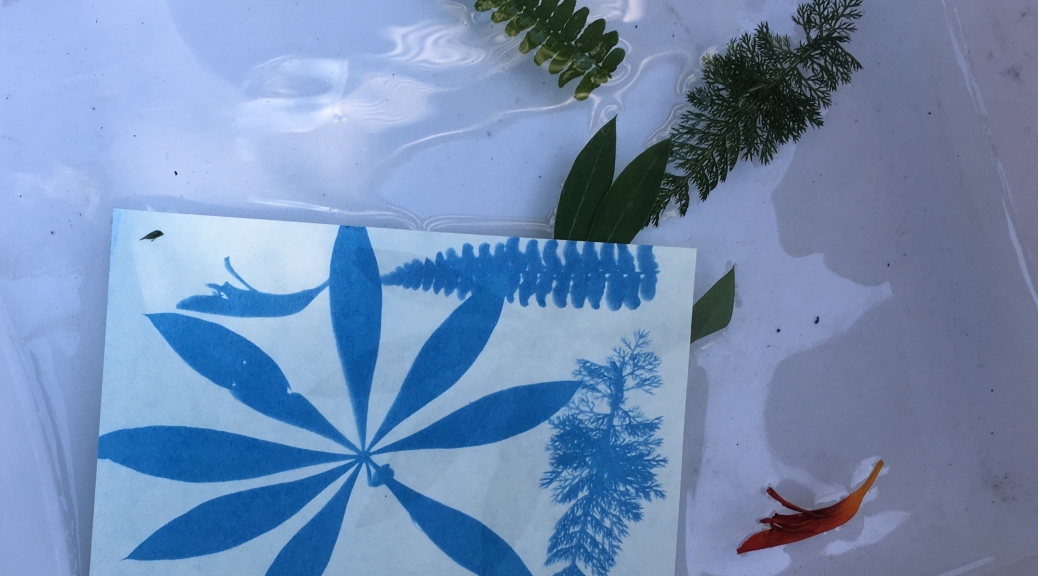

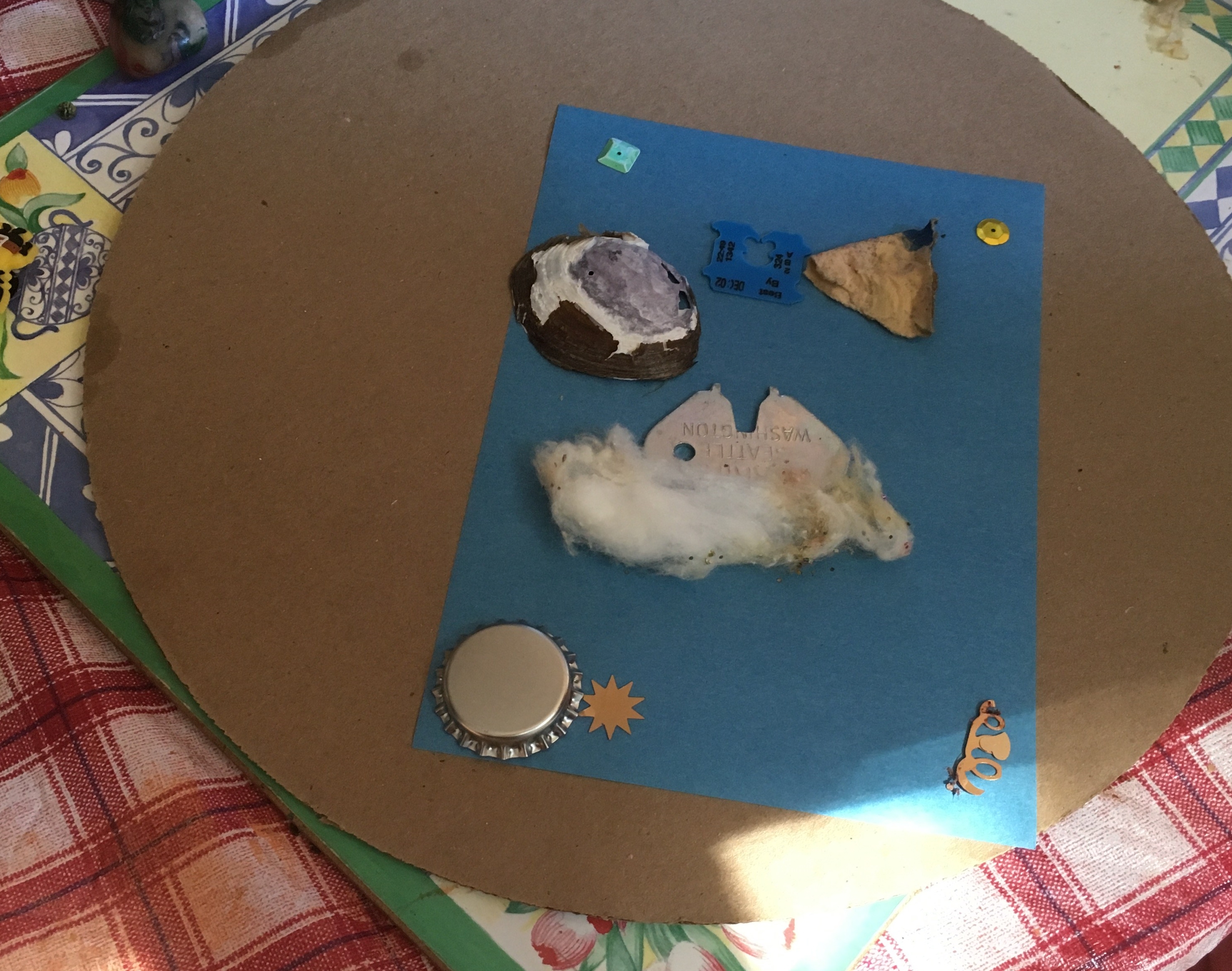 1. Create your designs inside, away from sunlight and put the paper on cardboard or a tray to help carry it outside.
1. Create your designs inside, away from sunlight and put the paper on cardboard or a tray to help carry it outside.




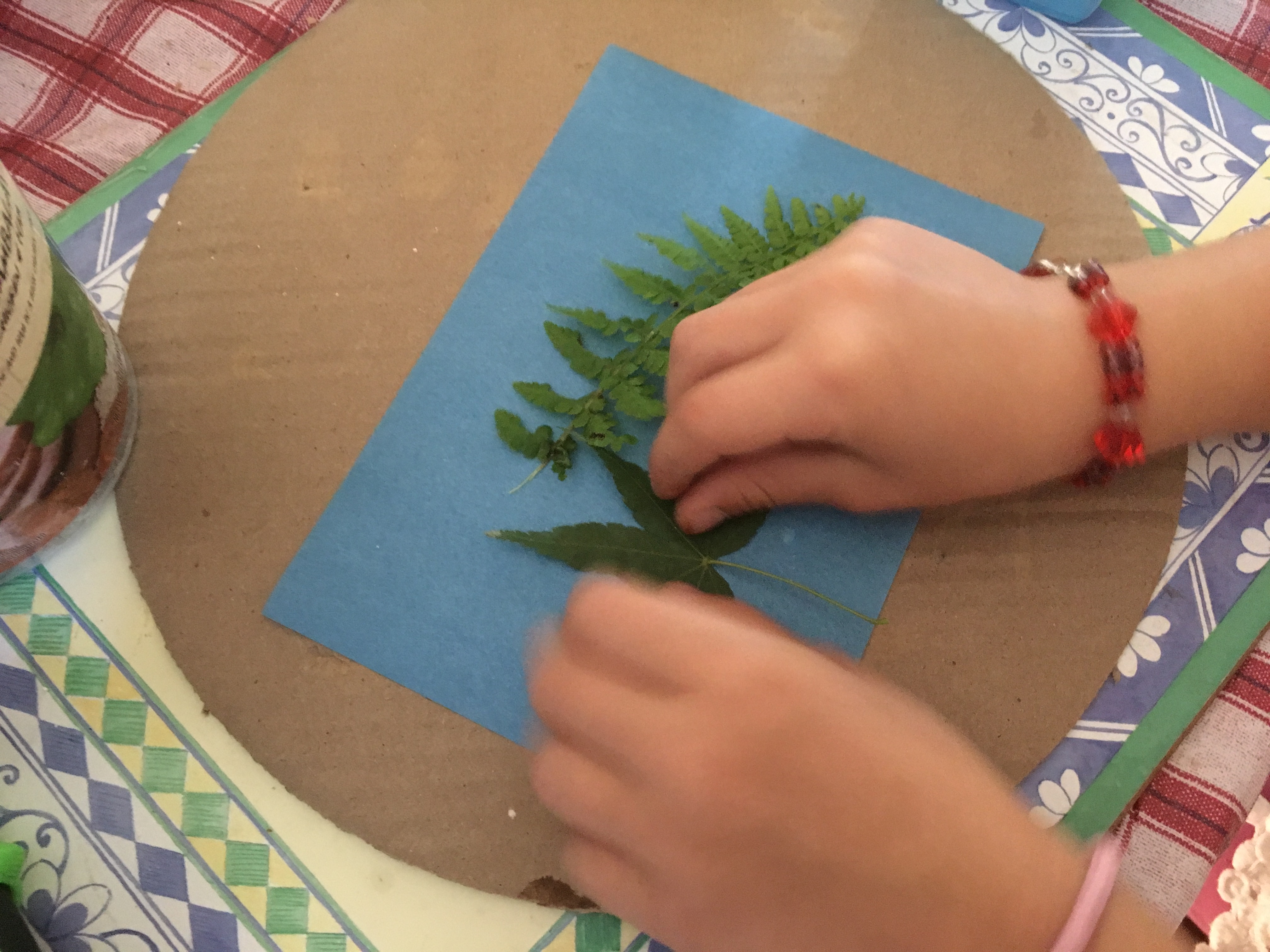




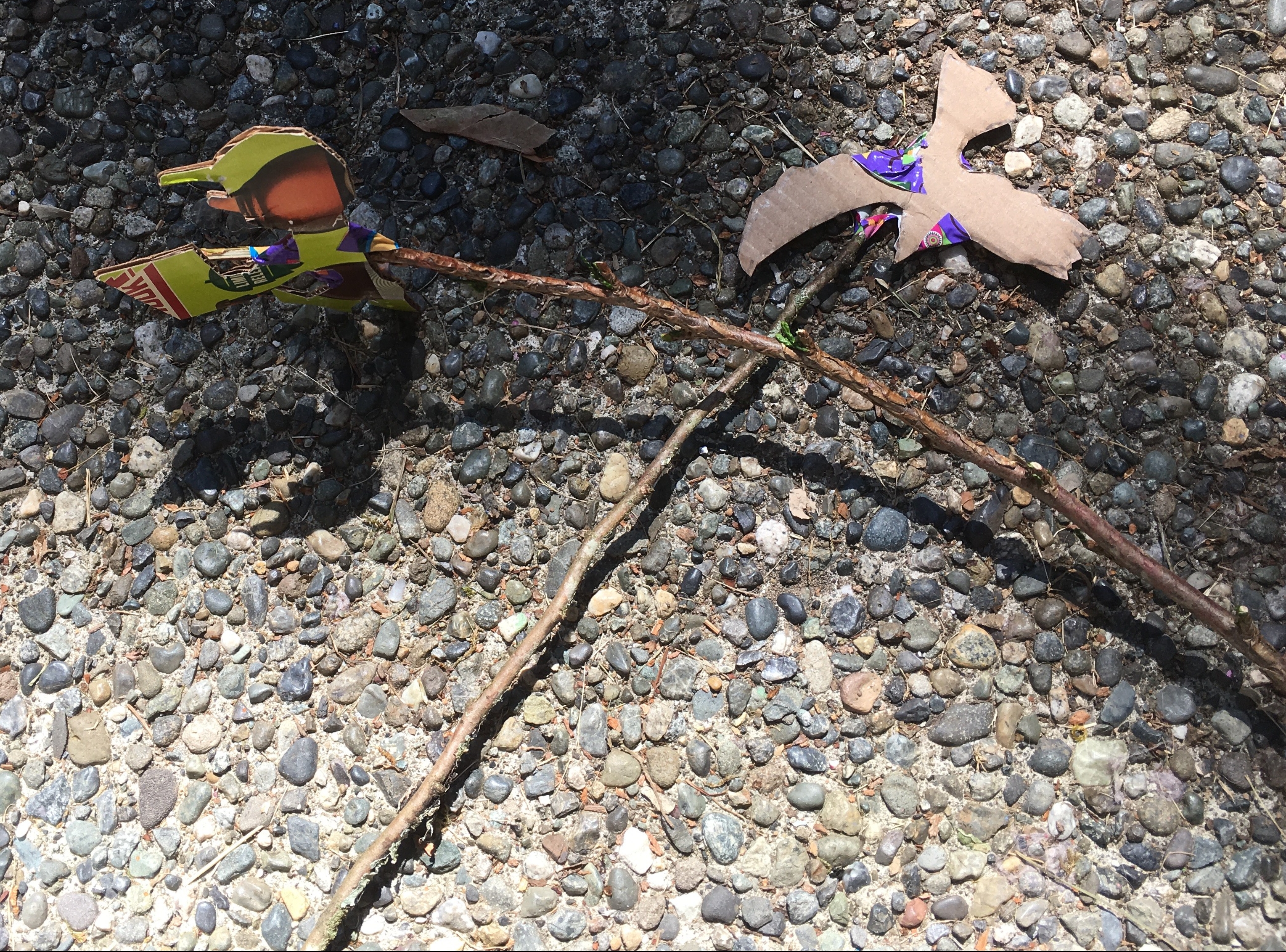




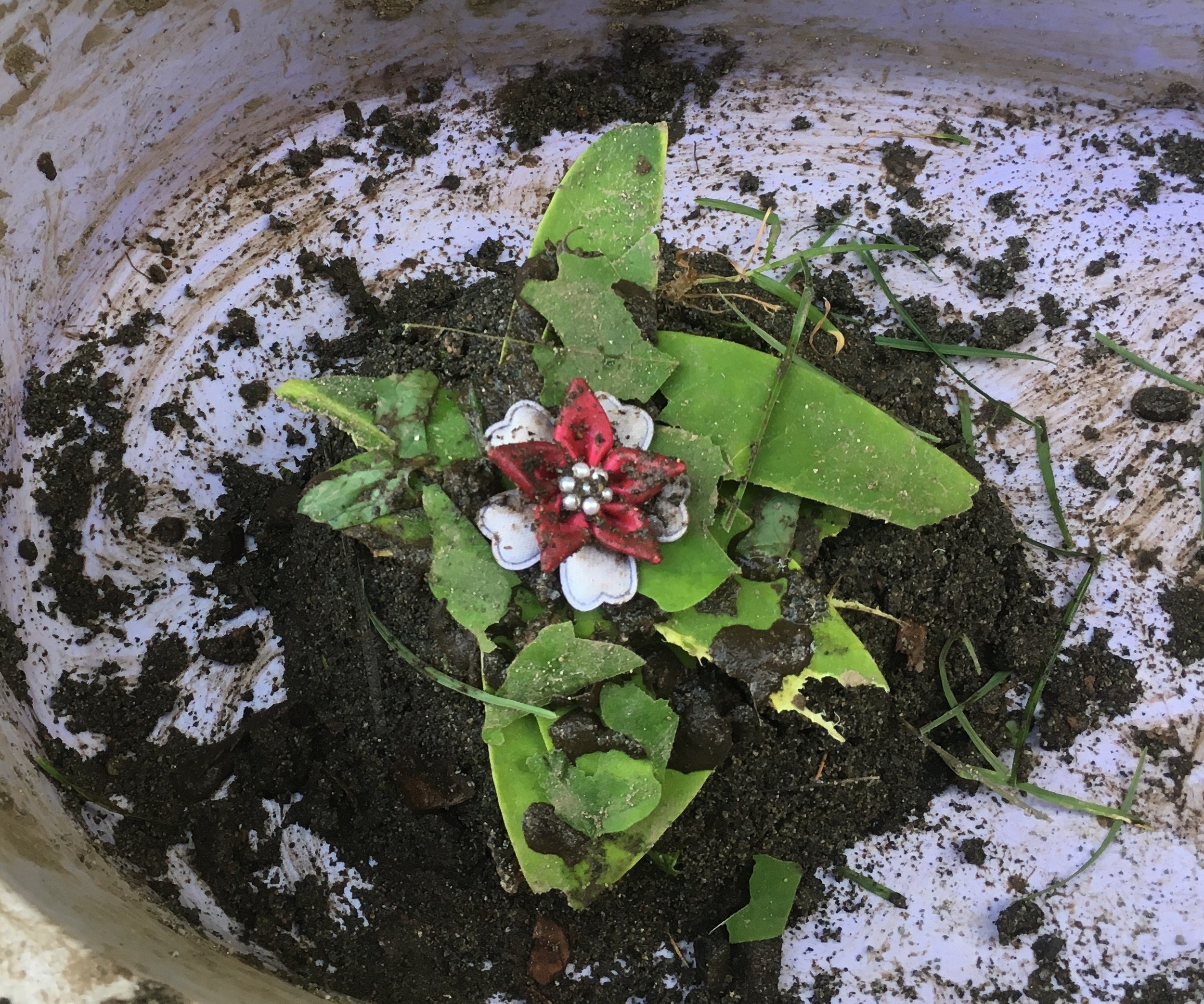
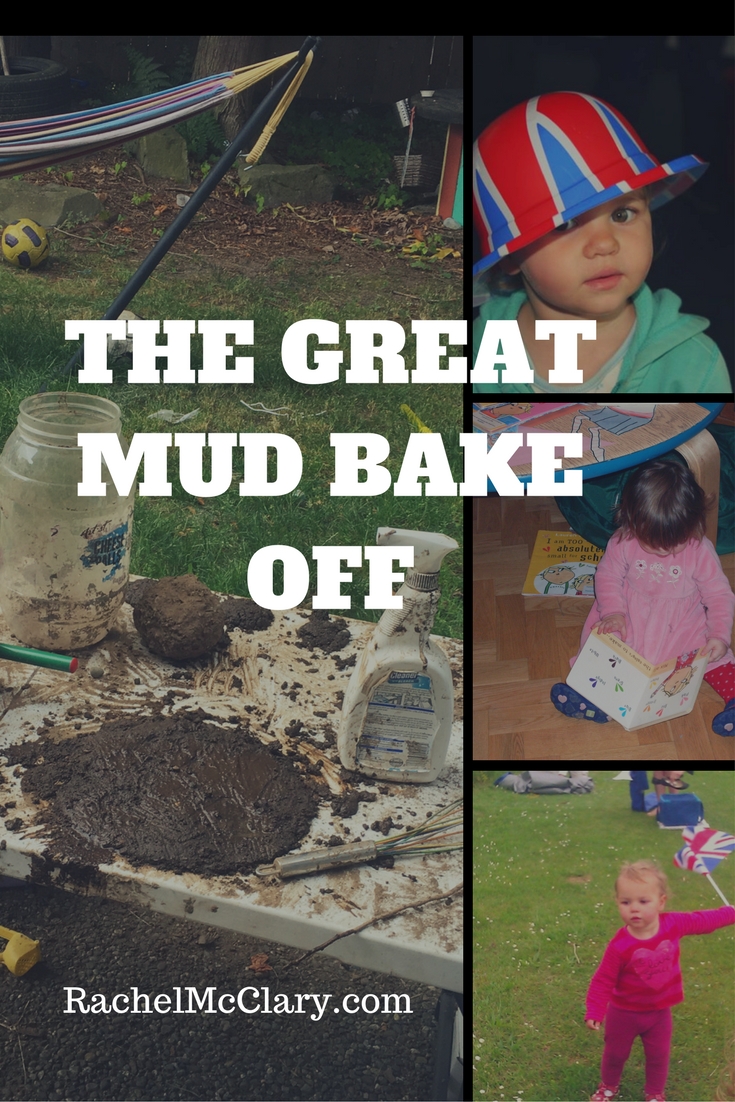


























 These Ideas were originally written for
These Ideas were originally written for 